Agile vs Waterfall Similarities and Differences
Project managers especially in software development projects often wonder about which methodology suits best for their requirements. Because methodologies are very important in the field of project management. But why do we need them and why does choosing the right methodology really matters? What are the similarities and differences between agile and waterfall? Dealing with the question of agile vs. waterfall before starting a project will help project teams to evaluate potential issues that they might face with. Therefore, in this article, we are going to discuss the similarities and the differences between the agile and waterfall project management methodologies and discuss which one you should select considering your project’s requirements. We will also provide an agile vs waterfall comparison table for better understanding.
Table of Contents
What are the Project Management Methodologies?
Methodologies provide frameworks to help you to organize your project’s initiating, planning, executing, monitoring, and closing processes. From this aspect, there are lots of methodologies still in use in the world of project management. Some of them provide traditional solutions, some others provide more innovative frameworks. Waterfall, Agile, Lean, Extreme Programming, Six Sigma are some of the most common ones. Although they have the same goal: carrying out the project to successful completion, their principles are various. We recommend you to read this article regarding the project management methodologies if you don’t know the key differences between them.
In this article, we are going to focus on the two methodologies which are agile and waterfall.
Agile vs Waterfall
Project teams follow the software development life cycle (SDLC) in order to deliver a high-quality end product. Typically, SDLC is broken into the following stages;
- Collecting Requirements
- Performing a Feasibility study
- Designing
- Coding
- Testing
- Installation
- Maintenance
Although both agile and waterfall aim ait delivering high-quality software, their SDLC models are different.
In the waterfall model, the whole software development process is broken into various phases of SDLC where the outcome of one phase will be the input of the following phase. Everything is subsequent and non-overlapping.
Agile methodology focuses on continuous interaction of development and testing during the SDLC. In this model, the whole project is broken into small incremental builds. These small incremental builds are performed in iterations. Each iteration takes one to three weeks.
What is the Agile Methodology?
Agile is a project management methodology that aims at continuous improvement and iteration at every stage. Continuous collaboration and iteration are key for agile implementation. Scrum, Kanban Methodology, Extreme Programming (XP), and Adaptive Project Framework (APF) are the agile frameworks.
It is obvious that all the projects and organizations are not suited to agile. Considering the requirements of various projects, agile is not the best way to run all the projects.
Advantages of Agile Methodology
- Since the agile projects are client-focused, agile makes sure that the client is involved in every stage continuously.
- The team members demonstrate better performance. Because coordination and collaboration among team members are key for the success in agile projects.
- The agile project management methodology ensures that the quality of the product is maintained.
- Risks are minimized because the process is based on incremental progress.
- It is applicable to large and complex projects.
Limitations of Agile Methodology
- It can not be effective in smaller projects.
- If the client is not clear about the final product, the project can easily go off track.
- The Agile methodology requires a senior programmer to take important decisions during the meeting.
- It is costly considering other methodologies.
For a better understanding of the Agile vs Waterfall concept, let’s talk about the Waterfall Project Management Methodology.
What is the Waterfall Methodology?
The waterfall is a linear sequential model in which the project work is completed sequentially in each phase. This means the predecessor phase ends and the successor phase starts just after. The waterfall is a straightforward methodology for project management that helps to perform progress measurement easily. The testing phase takes place at the end of the development. The client or stakeholders are not too much involved compared with the agile methodology.
Advantages of Waterfall Methodology
- Each sequential phase has specific needs and deliverables. This makes it easy to plan and manage.
- It suits best for projects with well-defined scope and requirements.
- It suits best for smaller projects.
- It speeds up the deliveries of the project
- Everything is well documented
Limitations of Waterfall Methodology
- It is suited to smaller projects rather than large and complex ones.
- If the project requirements are not defined well at the beginning, it will be less effective.
- It will be difficult to turn back to the previous phases and apply changes as the project progresses.
- Testing takes place just after the end of the development process. For this reason, it is expensive and time-consuming to turn back and fix the errors.
What are the Similarities and Differences Between Agile and Waterfall Methodologies?
Here below you can understand the key differences by checking the Agile vs Waterfall comparison table.
Agile vs Waterfall Comparison Table
| Agile Methodology | Waterfall Methodology |
|
|
|
|
|
|
|
|
|
|
|
|
|
|
|
|
|
|
|
|
|
|
|
|
|
|
Conclusion
Agile vs Waterfall is an interesting topic. Agile and Waterfall are two different methodologies used for project management. The waterfall is suitable for projects with well-defined requirements and scope. Changes are difficult and costly. Therefore it is more applicable to smaller projects. On the other hand, Agile is more applicable to large and complex projects with various requirements. It is a flexible methodology that allows making changes in any phase of the project. Both methodologies have pros and cons. Therefore the best methodology is the one that best suits your projects and customer’s requirements.
In this article, we discussed the similarities and differences of these two methodologies with the help of the agile vs waterfall comparison table. If you want to add or share anything regarding project management methodologies, you can use the comments section.
Further Reading
See Also

David Rigamon is a consultant in the life sciences and digital marketing space as an Agile Coach. Previously in financial services as a consultant for systems implementations. He is working for Harwood Agile Consultancy.

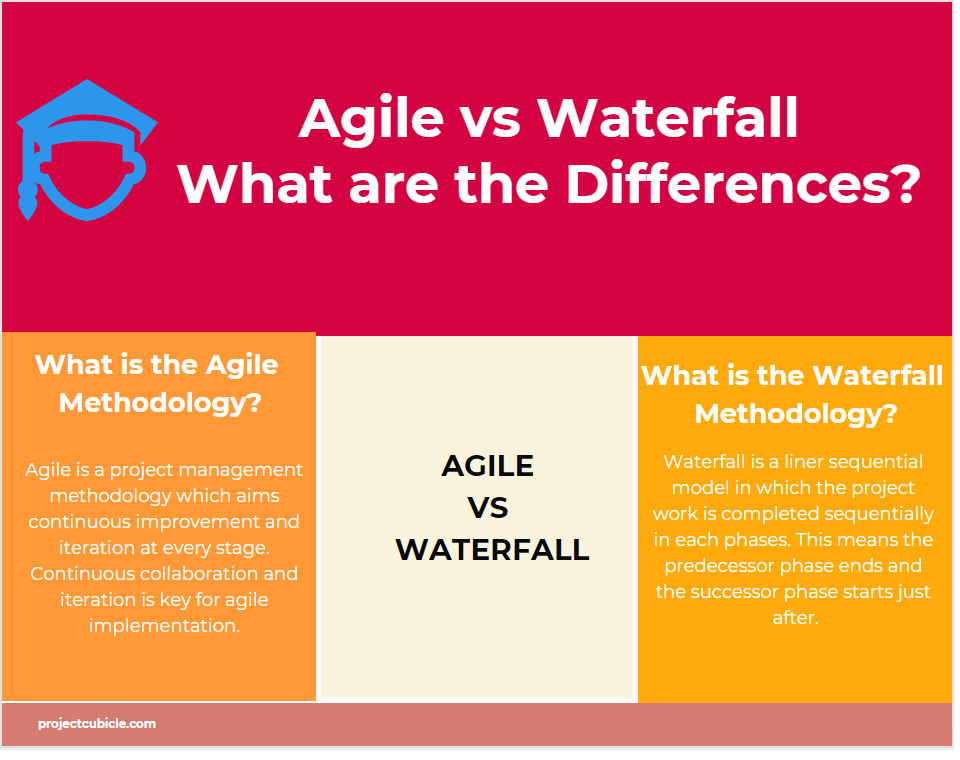
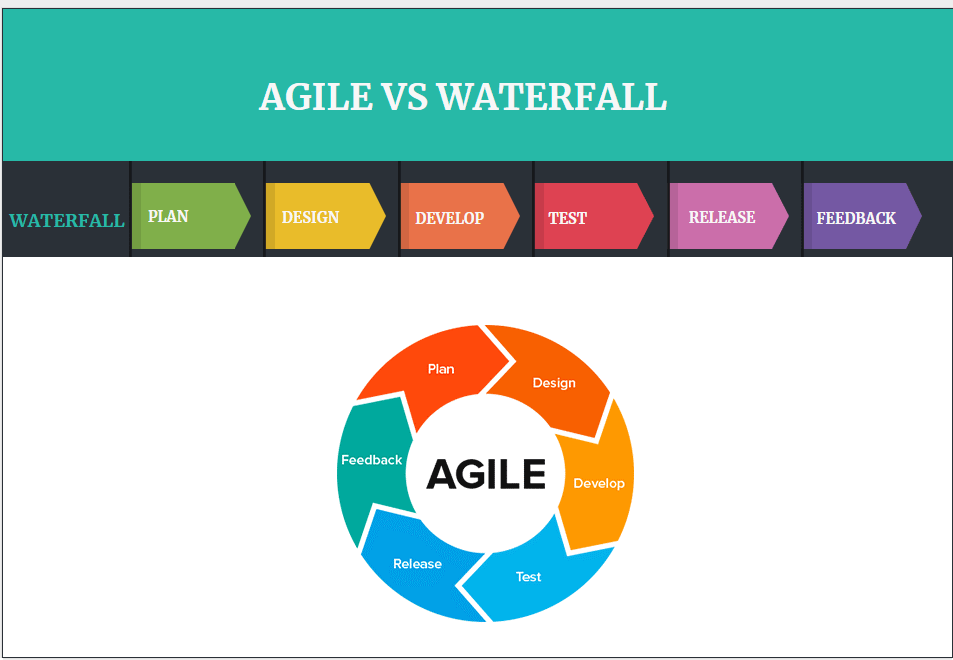
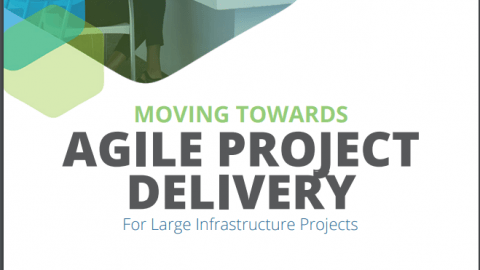
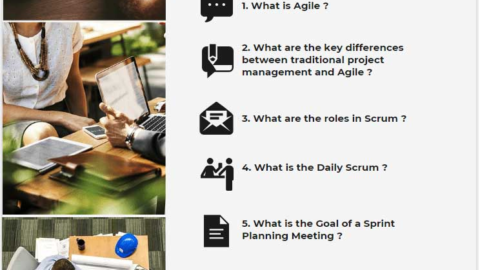
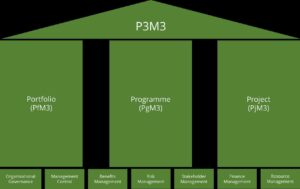

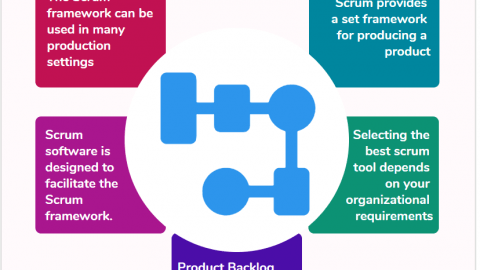

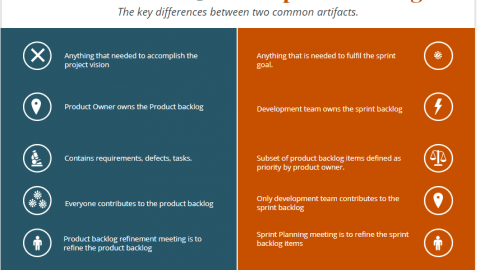
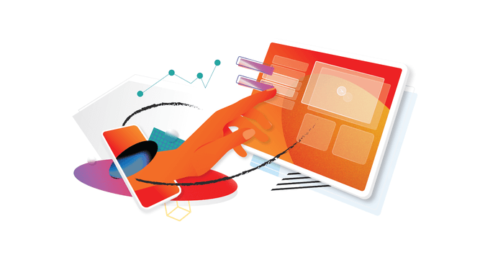

Agile methodology should be used in smaller projects because we need to be fast to accomplish a short project.
I wasn’t know the differentiations between Agile vs Waterfall thank you..
Great post! Thank you for providing images or infographics it makes it more catchy and easy to read.